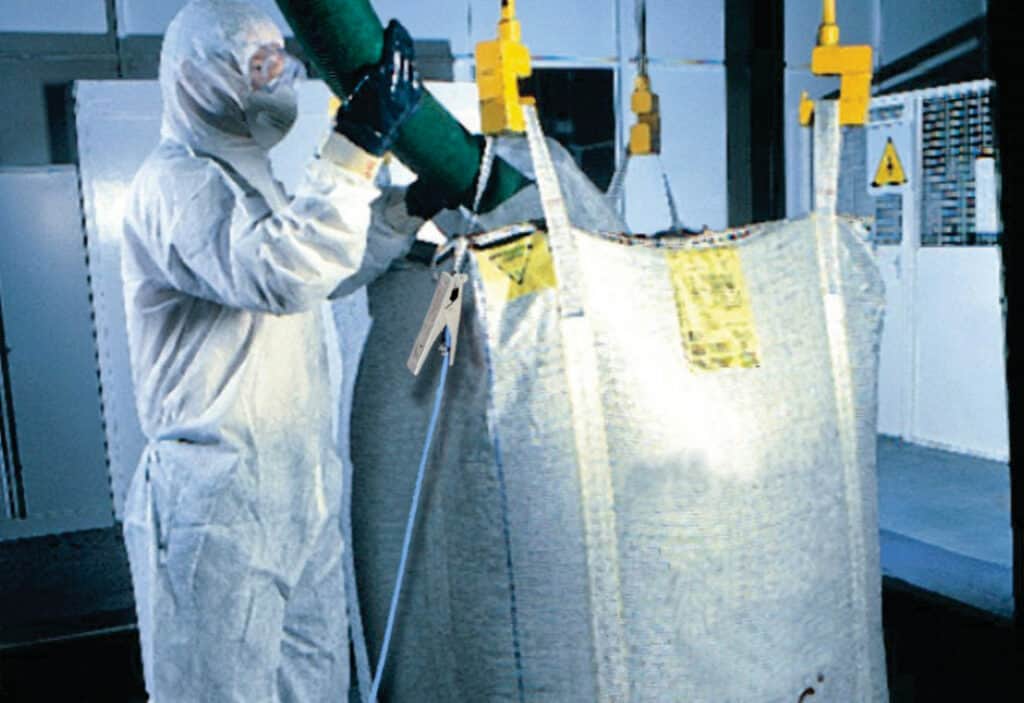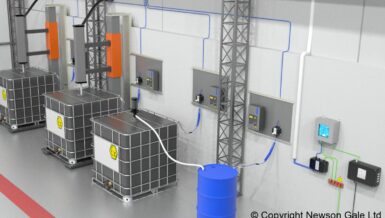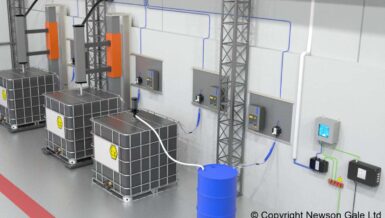The greatest concern posed by static electricity in a flammable or combustible atmosphere is the risk of an explosion due to an electrostatic discharge. With the right approach electrostatic ignition hazards can be identified and controlled.
In the event of an ignition during an FIBC operation, plant personnel that are usually within close proximity, are likely to be caught in the flames. This case study explores the factors behind the ignition source of a static discharge during an FIBC unloading operation. It also looks at two incidents where an operator was injured due to a static discharge and identifies the factors behind the ignition source during an FIBC unloading operation.
In the first incident, the operator suffered a singed head, a burn to the back of the neck and a second-degree burn on their right arm. The second incident also led to the operator obtaining second and third-degree burns to his stomach and face and as a result made the decision to leave his role, citing his apprehensive nature towards the job.
In both these incidents electrostatic charge had been allowed to accumulate because the FIBC was isolated from ground, whether this was through the negligent actions of the plant operator or inconclusive grounding methods. As grounding wasn’t achieved, charge was allowed to accumulate. Had grounding been accomplished via a Type C bag with either passive (single pole clamp and cable) or through active means (monitoring systems), connection to a true earth ground would have been verified and charge subsequently dissipated. In accordance with industry guidelines such as NFPA 77 “Recommended Practice on Static Electricity” and IEC 61340-4-4, “Electrostatics – Part 4-4: Standard test methods for specific applications – Electrostatic classification of flexible intermediate bulk containers (FIBC)” the resistance through the bag should be less than 107 Ohms (10 meg-ohm) for NFPA 77 and 1 x 108 Ohms (100 meg-ohm) for IEC 61340-4-4.
The danger to plant personnel and the surrounding environment is if the charge is released in the presence of a flammable atmosphere, an ignition can occur. Since many products are combustible, the inherent electrostatic discharge hazard from the material cannot be overlooked. Mitigating the potential risk of an electrostatic ignition is of paramount importance.
For over 40 years, Newson Gale has been leading the way in hazardous area static grounding control, serving many industries globally where processes generating static electricity have the potential to ignite flammable or combustible atmospheres. The Newson Gale Earth-Rite® II FIBC system validates and monitors the resistance of Type C bags ensuring that conductive elements of the bag are capable of dissipating charges in compliance with the necessary guidelines.
Create a safer working environment and download the full case study to learn more about industry guidelines, the risks of FIBC operations, and how you can control these risks.













































